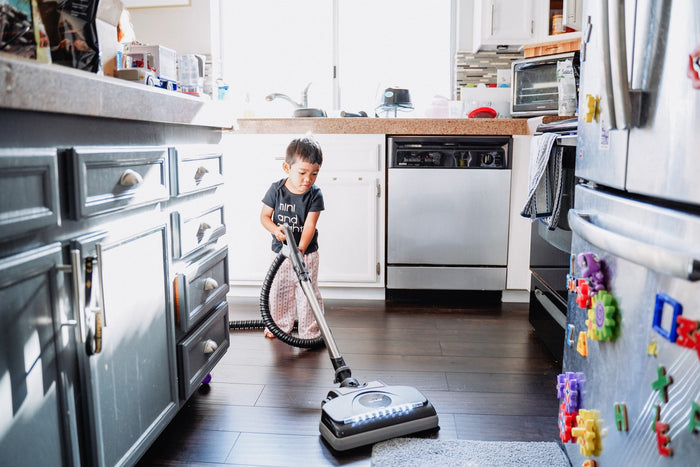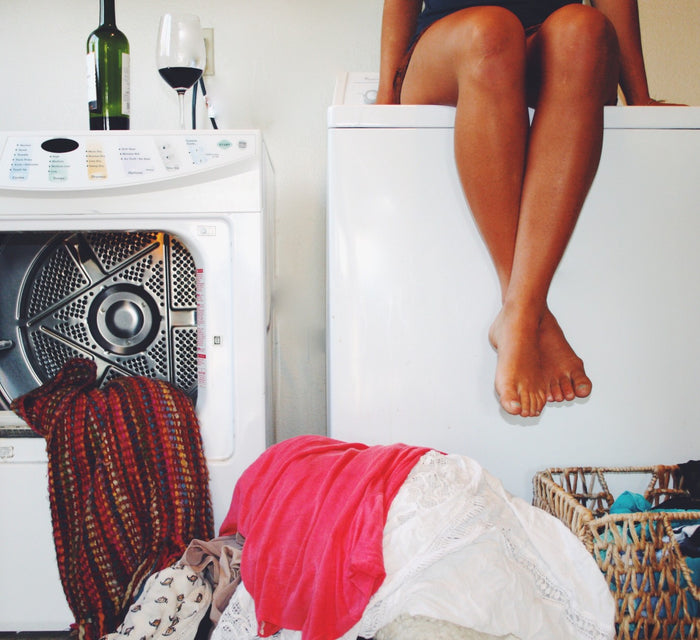Cleaning with the Kiddos

Here we are yet again with another blog centered around cleaning. Children love to make a mess, but cleaning? Yea it isn’t their strong suit. It can be a challenge to keep things clean, neat, and orderly when you've got young children at home, but it's not impossible. Start teaching your kids how to clean when they're young and you won’t end up cleaning their room for them when they're 17!
The Basics
When teaching your little ones about the world of cleaning you have to start small. Our bodies are amazing! Day after day, they work hard to digest food, pump blood and oxygen, sending signals from our brains, and much more. However, there are tiny invaders that tend to make our bodies sick. We call them germs. Germs are found all over the world, in all kinds of places! The four main types of germs being bacteria, viruses, fungi, and protozoa. They invade plants, animals, and people, and sometimes they can even make us sick. Once germs are inside of us, they stay there. They eat our nutrients and can produce toxins that can be harmful to us. So how do we protect ourselves from germs? Cleaning! Remember the words that germs fear soap, water, and disinfectants. Now that you know the facts about germs, let’s learn some ways to make your kids part of the solution, rather than the problem.
Expectations
Little kids may not have the coordination or dexterity to neatly make their beds every morning, so a good first effort may be to have them pull the comforter up to the top of the bed! It is important to be proud of the little things and not to expect perfection on the first try. Give kids a timeframe to focus their attention and get the task done.
Chores can be fun!
Make housework fun by incorporating games into various chores. If your kids feel like 30 seconds is a lifetime when washing their hands, pick a catchy song to dance and sing to whilst they’re doing it as a distraction to make the time fly by. If your kids are a bit too old to believe the idea of “tiny monsters” that live inside your body, why not turn arts and crafts into a valuable learning opportunity. This will give an accurate enough representation of what germs look like underneath a microscope
Chore Chart
Chore charts are great as they encourage kids to go above and beyond expectations in keeping the house neat and organized as well as being recognized and celebrated for kind, generous, or helpful behavior! Add a smiley face for every time they washed or brushed teeth or made bed and offer a fun reward at the end.
No Redo’s
The last thing you want is to send your child a message that their work wasn’t good enough. They can grow discouraged and defeated by the task leaving them less likely to attempt the same task in the future Try to be as supportive and encouraging as possible when teaching your kids how to clean. Even if the job isn't done precisely, you should thank them for their effort rather than insincerely praising them for a less-than-successful execution. Then practice the task again together and offer helpful hints that will result in more success!



